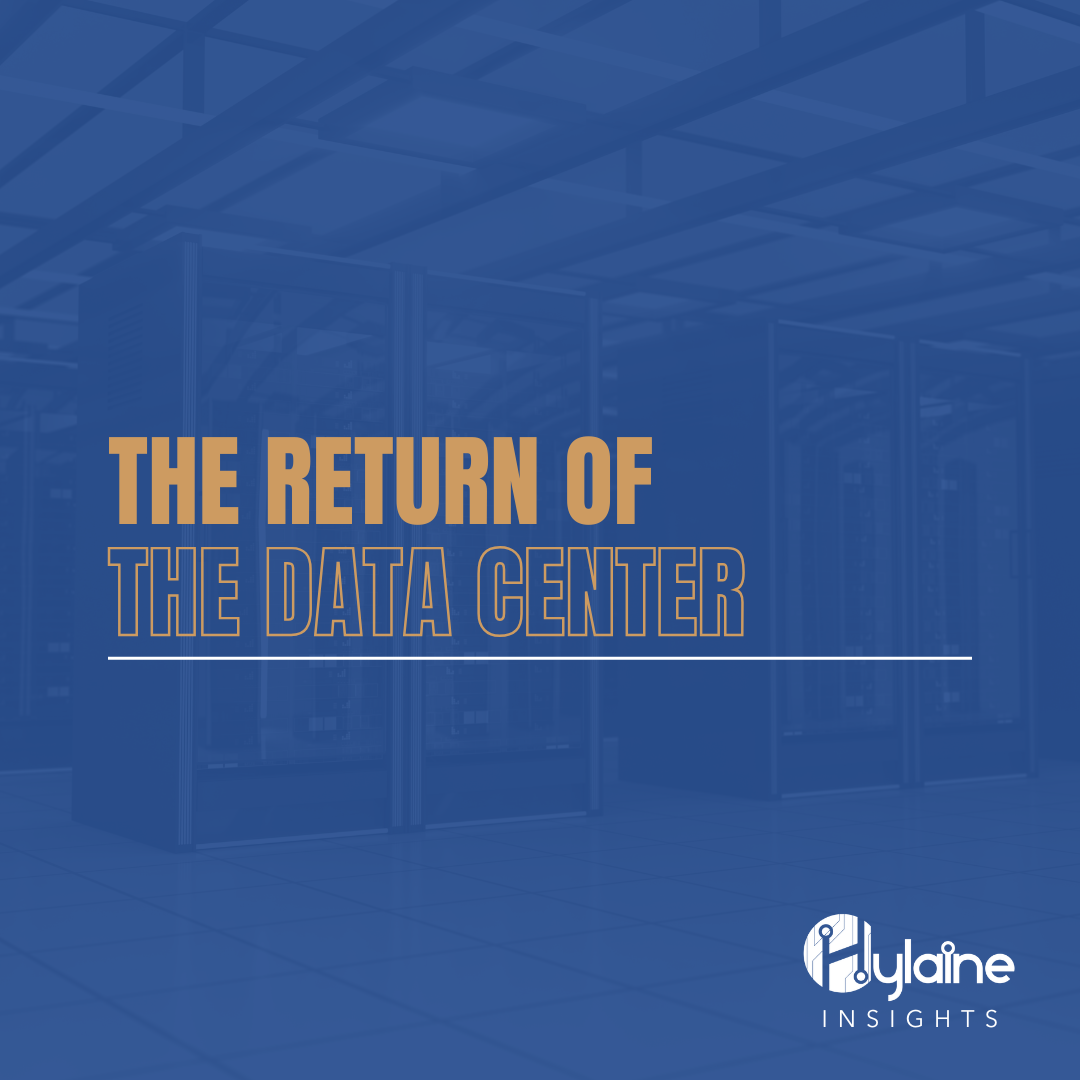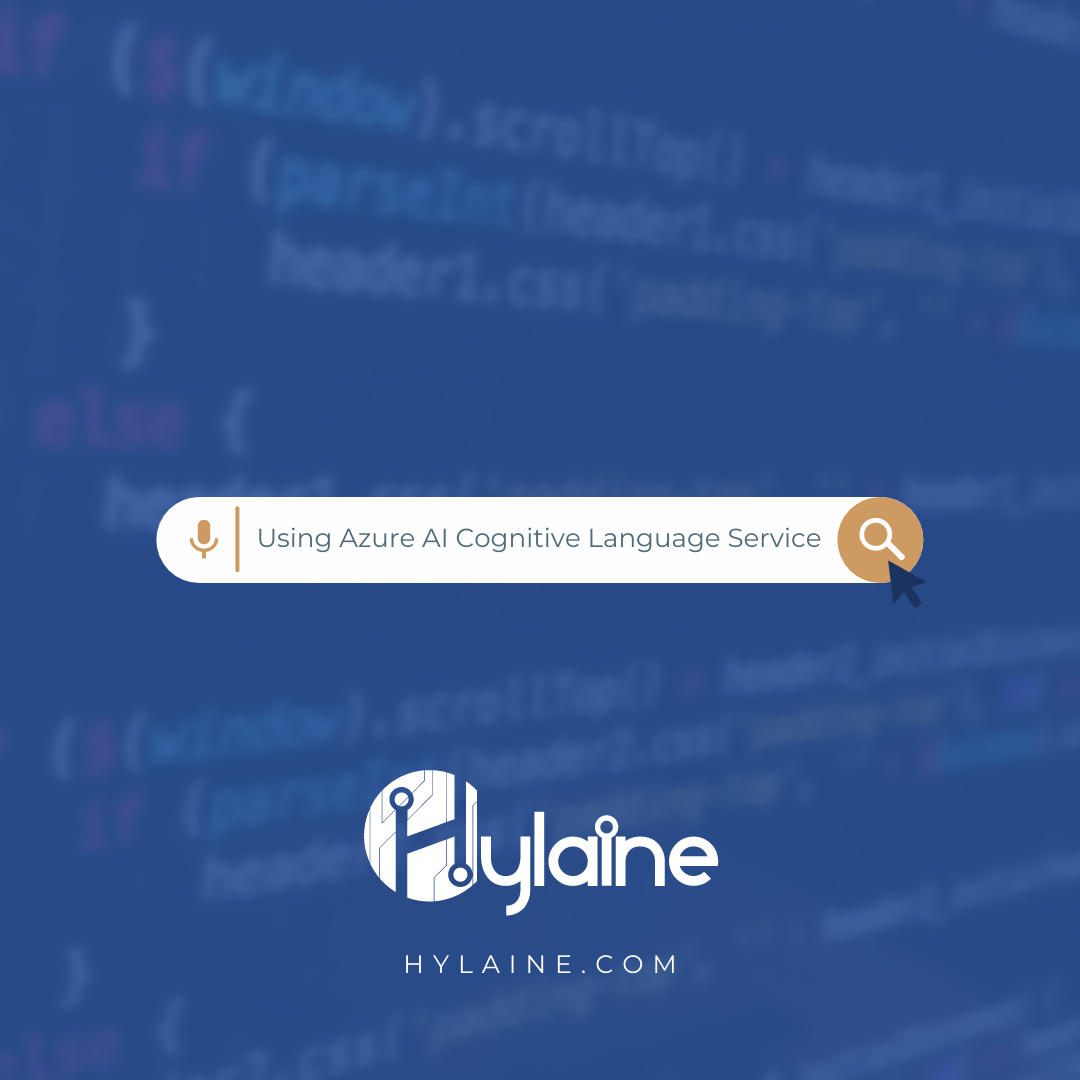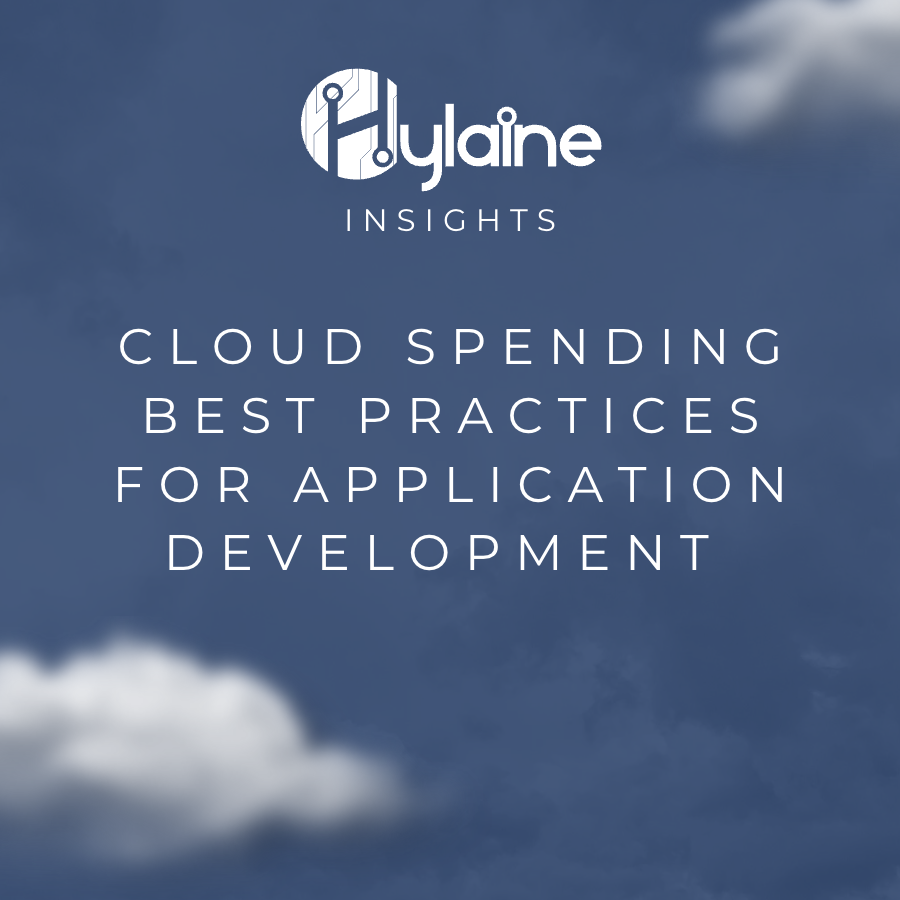

Know your Roots – Team Building

Know your Roots – Product Owner Lessons from Waterfall

Know Your Roots- Agile Lessons from Waterfall

The Return of the Data Center
For the past 10 years, the cloud has almost become synonymous with infrastructure. Massive migrations, dynamic development, and “Scale, Scale, SCALE!” have been part of what seems like every conversation around software -including those we have at Hylaine.
But should it be? The industry has now had that same decade to experience centralized, rented infrastructure firsthand in all of its glory and sharp edges. In fact, there’s some evidence to show that the pendulum of opinion and benefit may be shifting against the cloud, and a harbinger of The Return of the Datacenter.

Measuring ROI Success for Artificial Intelligence Projects
In the rush to develop AI initiatives to maximize productivity for their teammates and value for their customers, many organizations have not planned for a return on investment (ROI) before starting. By building and following a standardized framework for tracking and measuring, initiatives can be evaluated to see if they are returning value to the company and which ones need to be re-evaluated.

Change Management: Enabling Best Practices for Effective Transformation

Unleashing Productivity with Microsoft Copilot in Teams: A Comprehensive Guide
Over the last few quarters, Microsoft has unleased a series of AI (Artificial Intelligence) companions within the Microsoft 365 ecosphere that can enable users to complete wide ranges of duties faster and more efficiently, taking over tasks that can make life more efficient. There are many daily and weekly tasks we spend too much time in the Office 365 suite on repetitive work that costs us time, creativity, and the ability to innovate.
A recent report, Forrester - Build Your Business Case For Microsoft 365 Copilot report (see below), predicted that 6.9 million US knowledge workers or approximately up to 8% of the total group will be using Microsoft 365 Copilot by the end of 2024. Of those, Forrester expects about a third of Microsoft 365 customers in the US to invest in Copilot in the first year, providing licenses to around 40% of employees during this period. Utilizing AI toolsets such as LLMs (Large Language Models), code creators, and chatbots allow users to minimize repetitive work and focus on new, creative endeavors.

Our latest thinking: Microsoft fabric
Numbers drive business. Often, the speed of those numbers is diametrically opposed to consumers' confidence in them. Due to obfuscated data lineage, complicated requirements, and high overhead, organizations balance what it takes to get the data with the delivery of data to business users. To overcome this complexity and overhead, Microsoft has created a solution called Microsoft Fabric. It is a suite of tools that work together to streamline the process of data wrangling and delivery of insights.

Data Transformation: Paving the Way for AI Success in Your Organization
Every organization has many customer facing and business management sites, apps, and technology systems that are continuously outputting increasing amounts of data as they support the business. Companies across many industries are exploring ways to leverage Artificial Intelligence (AI) to enhance their operations, increase productivity, and gain a competitive edge.

When to go to multi-cloud and when not to

INCREASING SALES PRODUCTIVITY WITH SALESFORCE

DNA:Hylaine’s whole firm approach

a closer look: using azure ai

the ultimate low-code platform guide
At Hylaine, we frequently encounter questions about the use of Low-Code platforms. The value proposition is appealing. There’s no getting around it – developers, especially high-quality US-based ones – are very expensive. The potential to create applications and integrations with approaches that don’t require coding knowledge is huge.

Cloud Spending Best Practices for Application Development

What Cross-Functional Teams Really Are
Cross-functional teams are a core component of agility. The idea is baked into Scrum and Extreme Programming, two frameworks that were developed before, and ultimately contributed to the creation of the Agile Manifesto. The cross-functional team concept is often misunderstood, so what does it really mean?

Servant Leadership: Going From Managing to Collaborating
Adjust your leadership from managing to collaborating while navigating the world of “agile-fall”

Experiencing Mergers & Acquisitions
Mergers & Acquisitions are continuing to accelerate as a business growth strategy. Here are some key indicators that you may have issues with your M&A integration which could limit realizing the full value of the deal and even create new problems for your organization.

Servant Leadership: Ten Characteristics to Successful Agile Teams
Have you ever wondered what makes some Agile teams more effective than others? While there is no perfect formula, a team who shares common values and embodies “we” rather than “me” mindset is an essential factor to building a rockstar Agile practice.

A Picture is Worth a Thousand Words | Data Visualization
With the proliferation of big data, utilizing data visualizations to quickly and effectively convey concepts is critical to identifying patterns and making better business decisions. The charts, graphs, and pictures that are produced through visualization tools provide a universal language that's able to be interpreted at lightning speed compared to the time it takes to digest copious amounts of data compiled in spreadsheets and reports.
